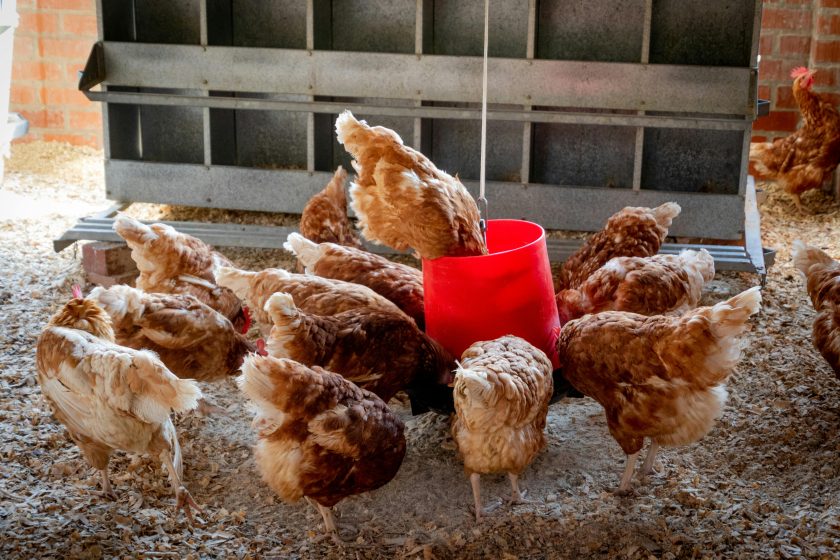Content available at: Tiếng Việt (Vietnamese)
Vietnam’s poultry sector faces challenges due to fragmented distribution, scattered consumption, disease outbreaks, and reliance on imports.
Poultry farming is a vital traditional industry in Vietnam, significantly contributing to livelihoods and economic development.
Vietnam currently ranks among the top 10 countries globally in total poultry population and holds the second position in waterfowl numbers.
From 2020 to 2024, the poultry population grew by an average of 3.3% per year, while meat output increased by 6.9% annually.
Chicken meat saw the fastest growth at 7.8% per year.
However, the industry still grapples with numerous challenges:
- fragmented distribution,
- disease risks,
- dependency on imported raw materials,
- and a lack of value chain integration.
Market statistics and forecasts remain underdeveloped; the application of high technology and digital transformation is still limited, especially among small-scale farms and households.
Vietnam’s poultry industry is facing numerous challenges, including fragmented distribution, disease outbreaks, reliance on imported raw materials, and a lack of value chain integration.
Despite its impressive growth figures, the industry continues to rely heavily on imports of breeding stock, meat, and processed products.
Each year, Vietnam spends around USD 200-300 million importing approximately 200,000-300,000 tons of frozen chicken meat, accounting for 30% of domestic white chicken consumption.
Meanwhile, the domestic market struggles with weak demand, low selling prices, and prolonged losses for local farmers due to price suppression.
Promoting investment and integration
According to experts and the Vietnam Poultry Association, a range of strategic solutions is needed to help the sector navigate its current crisis:
- Review and adjust support policies for farmers and businesses.
- Restructure the production and trade system toward a more integrated and efficient model.
- Shift the mindset from production development to poultry economic development, focusing on increasing added value.
Most importantly, it is essential to attract major enterprises to invest in the poultry sector and build a tightly connected ecosystem — from breeding, feed production, and farming to slaughtering, processing, and distribution.
The adoption of modern technologies such as IoT, AI, and blockchain in traceability and supply chain management is a crucial step to enhance productivity, transparency, and food safety.
At the same time, trade promotion and improving the investment environment are urgent needs for expanding both domestic and international markets.

